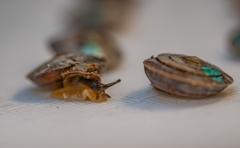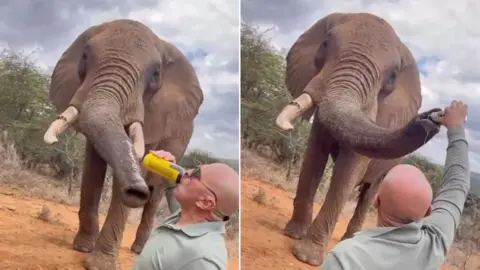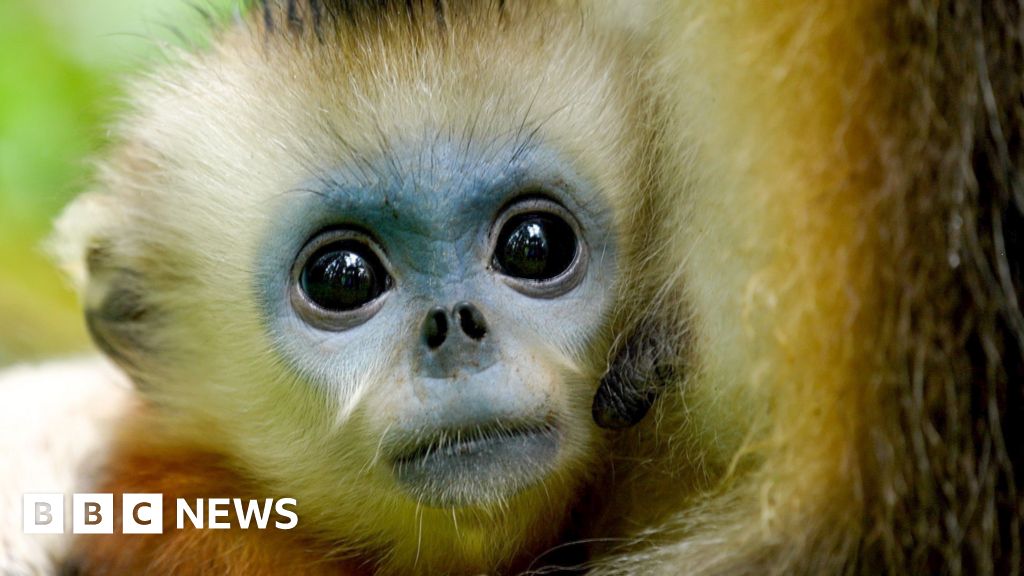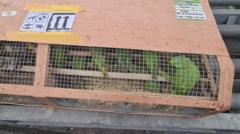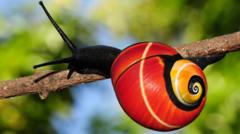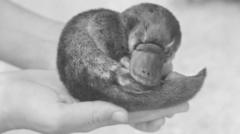The conservation journey began when a small surviving population of these unique molluscs was discovered clinging to life on the rocky cliffs of Deserta Grande between 2012 and 2017. Many of the snails were believed to be lost forever, as rampant predation from invasive species, such as rats and goats, obliterated their numbers. Conservationists seized the opportunity to collect the remaining snails and breed them in safe conditions at various zoos, including Chester Zoo.
In preparation for their release back into the wild, the snails were marked with color-coded identification dots to facilitate tracking and monitoring through their dispersal and adaptation process. Notably, these dots are visible under ultraviolet light, allowing researchers to observe the little creatures as they explore their new habitat. Gerardo Garcia, a conservation expert from Chester Zoo, expressed hope that this initial release would culminate in future waves of snails being reintroduced, with a concerted team effort at the heart of this initiative.
As specialists continue to monitor the recovery of these essential land snails, they emphasize the importance of biodiversity and ecological health in their native environments. Heather Prince from Chester Zoo highlighted that snails contribute significantly by breaking down organic matter and enriching the soil, playing a critical role in nurturing plants and sustaining other native wildlife. This moment marks a promising chapter in conservation efforts, showcasing how collective action can help revive threatened species across the globe.
In preparation for their release back into the wild, the snails were marked with color-coded identification dots to facilitate tracking and monitoring through their dispersal and adaptation process. Notably, these dots are visible under ultraviolet light, allowing researchers to observe the little creatures as they explore their new habitat. Gerardo Garcia, a conservation expert from Chester Zoo, expressed hope that this initial release would culminate in future waves of snails being reintroduced, with a concerted team effort at the heart of this initiative.
As specialists continue to monitor the recovery of these essential land snails, they emphasize the importance of biodiversity and ecological health in their native environments. Heather Prince from Chester Zoo highlighted that snails contribute significantly by breaking down organic matter and enriching the soil, playing a critical role in nurturing plants and sustaining other native wildlife. This moment marks a promising chapter in conservation efforts, showcasing how collective action can help revive threatened species across the globe.

